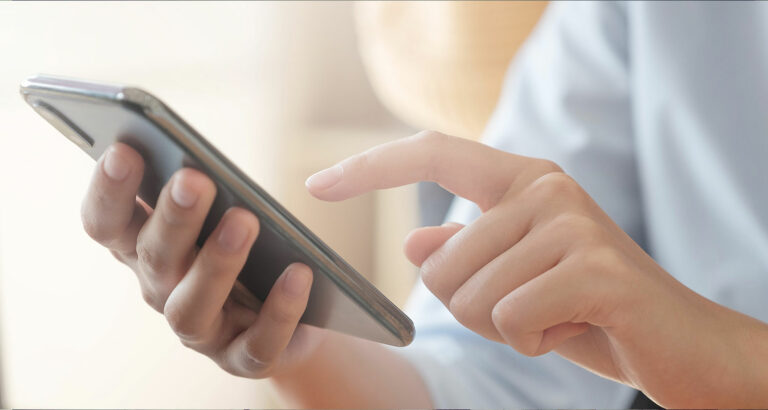
You probably remember when touchscreen technology started popping up everywhere and it was kind of a big deal. But fast-forward to today and touch screens are no longer Jetsons-esque. Particularly in a pandemic, the thought of person after person handling the same remotes, screens or equipment – especially in a healthcare setting – is less than ideal, if not downright unsafe. This is where contactless technology comes in. To help you get started, here’s some guidance.
1. Consider the most highly trafficked areas.
Even if it sounds optimal, your budget likely won’t allow you to transform all touchscreen devices to touchless ones in short order. So, you have to prioritize. The best place to start is with the areas of your healthcare facility that are in use most frequently.
For example, touchless check-in solutions ensure patients don’t have to touch the same surfaces that others have touched and keep your front desk staff socially distanced from those checking in. Another prime opportunity for an upgrade is in bathrooms and handwashing stations. A touchless handwash station is a fairly easy setup that will keep patients, staff, and visitors from even greater exposure to germs while in your facility.
2. Explore BYOD applications.
One version of touchless technology is along the lines of Bring Your Own Device (BYOD). Some AV solutions allow users to download a compatible app from which they can control certain aspects of the solution. An example of this kind of application is patients being able to dim their lights or adjust their music volume directly from an app on their own smartphone. This ultimately takes the place of shared remotes that are hard to clean and not particularly hygienic. Of course, not all solutions are configured to work in this way, but it’s worth exploring your options to see if any of yours will.
3. Integrate touchless payment options.
Many stores have started offering contactless payment and mobile contactless payment capabilities like Apple Pay and Google Pay. And while many medical facilities have been slow to adopt the same, COVID-19 has created more urgency in doing so. Just as with check-in, patients and their families should be able to pay for food, beverages and even their bills via touch-free technology. This helps cut down on germ transmission and also contributes to a better patient/visitor experience, since many people are already accustomed to the convenience of these payment methods.